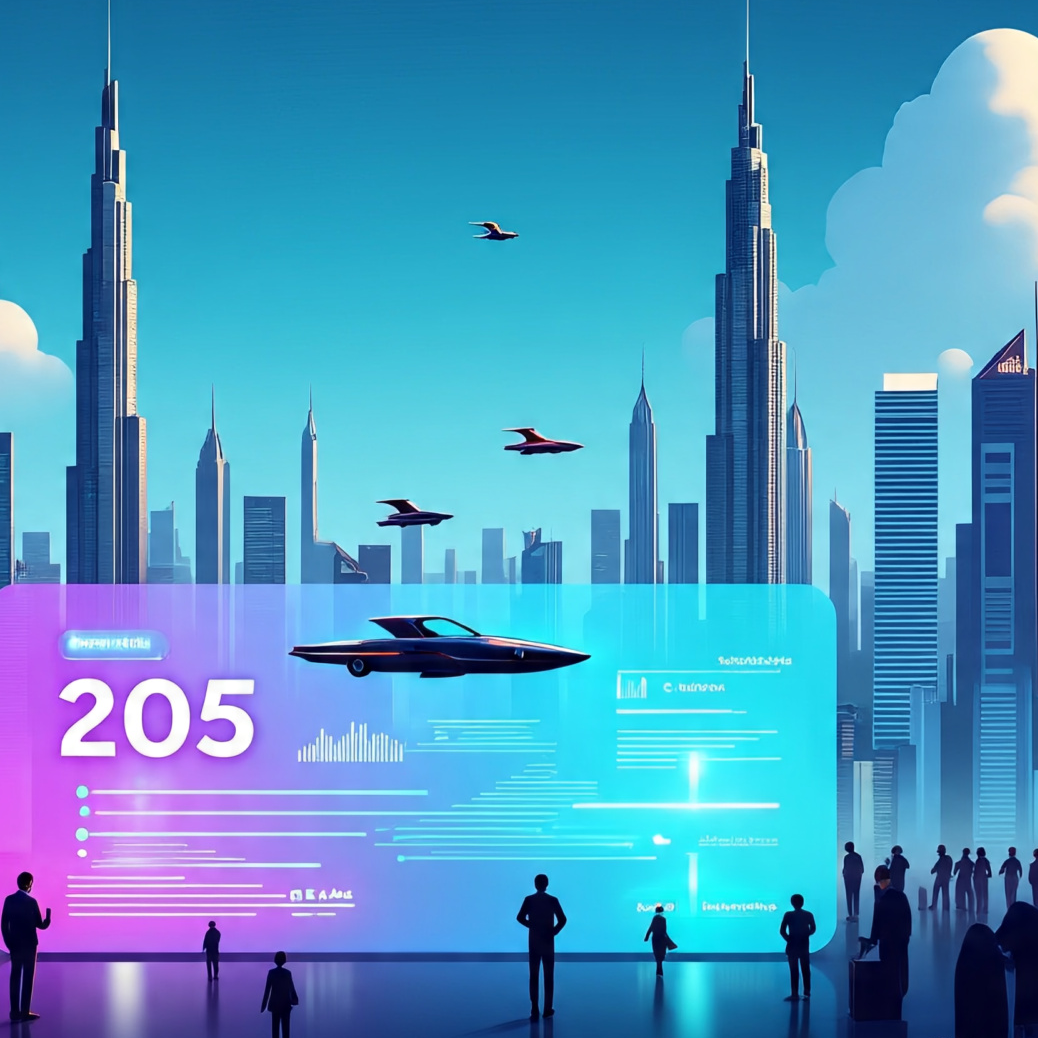
Explore the groundbreaking technology trends shaping मौसम and weather forecasting in 2025. Stay ahead with insights on AI, IoT, and sustainable innovations transforming our future!
Exploring मौसम: Key Insights and Trends in Technology for 2025
Technology is evolving at lightning speed, and 2025 promises to be an exciting year filled with transformative innovations. Whether you’re a tech enthusiast, business leader, or just curious about what the future holds, understanding the key technology trends—especially in the context of मौसम (weather/environmental) tech—can give you an edge. In this article, we’ll dive into the top trends shaping 2025, focusing on how मौसम-related technologies are impacting industries and everyday life.
What is मौसम Technology?
Before we dive deep, let’s clarify what we mean by मौसम technology. मौसम, the Hindi word for “weather,” in this context represents the intersection of technology with environmental and weather forecasting systems. This includes smart climate monitoring, AI-driven weather prediction, and eco-friendly innovations aimed at sustainability. With climate change becoming an urgent concern worldwide, technological advancements in मौसम are more critical than ever.
1. AI and Machine Learning Powering Weather Forecasting
One of the most significant technological leaps is the integration of AI and machine learning in weather prediction models. Traditional forecasting methods relied heavily on historical data and physical simulations, which, while useful, often lacked precision. AI algorithms now analyze vast amounts of real-time data — from satellites, sensors, and even social media trends — to deliver hyper-localized and highly accurate weather forecasts.
This AI-driven approach helps industries such as agriculture, logistics, and disaster management prepare better for sudden weather changes, reducing risks and saving costs.
2. IoT-Enabled Environmental Sensors for Real-Time Monitoring
The Internet of Things (IoT) is revolutionizing environmental monitoring. Connected sensors placed in cities, farms, forests, and oceans collect continuous data on temperature, humidity, air quality, and other vital parameters. This real-time information feeds into advanced analytics platforms, enabling proactive responses to environmental challenges.
For example, smart farming uses IoT sensors to monitor soil moisture and weather patterns, helping farmers optimize irrigation and reduce water waste — a game-changer for sustainable agriculture.
3. Renewable Energy Tech and Smart Grids
With the global push towards sustainability, renewable energy technologies are becoming deeply intertwined with मौसम insights. Smart grids powered by weather data optimize energy distribution by predicting solar and wind availability. This ensures that renewable sources are harnessed efficiently and reduces reliance on fossil fuels.
Emerging battery storage solutions also complement this trend, allowing energy to be stored when the weather is favorable and distributed during peak demand.
4. Climate Risk Analytics for Businesses and Governments
Understanding climate risk is now a priority for many organizations. Advanced data platforms combine weather predictions with economic and environmental data to provide comprehensive climate risk analytics. These tools help businesses adapt their supply chains, infrastructure, and insurance policies to weather-related threats.
Governments also benefit from this insight by improving disaster preparedness and urban planning, reducing the impact of extreme weather events on communities.
5. Augmented Reality (AR) and Virtual Reality (VR) for Weather Education
In 2025, AR and VR are expected to play a bigger role in educating the public and professionals about weather phenomena and climate change. Immersive simulations allow users to experience storms, droughts, and other weather events firsthand, raising awareness and fostering better understanding.
These technologies also aid meteorologists and emergency responders in training and scenario planning.
Why 2025 is a Pivotal Year for मौसम Technology
The convergence of AI, IoT, renewable energy, and immersive tech sets 2025 apart as a landmark year for मौसम innovations. As governments and businesses prioritize climate resilience, these technologies will not only improve weather forecasting but also drive smarter, greener decision-making worldwide.
Internal Linking Suggestions
- Link to articles on AI in agriculture and smart city innovations
- Link to renewable energy advancements posts
- Link to climate change impact and mitigation strategies
Final Thoughts
Staying informed about मौसम technology trends is crucial as the world faces unprecedented environmental challenges. From smarter weather forecasts to sustainable energy solutions, 2025 will see technology becoming a key player in protecting our planet and improving quality of life.
By embracing these innovations, individuals and organizations can be better prepared, more resilient, and actively contribute to a sustainable future.
⚠️ Disclaimer:
This blog is intended for informational and educational purposes only. The views expressed are personal opinions or general insights, not professional or legal advice. Readers should do their own research or consult relevant professionals before taking action based on this content.
#TechnologyTrends2025 #AI #IoT #WeatherTech #Sustainability #ClimateChange #RenewableEnergy #SmartFarming#Anslation#CarrerBook #WeatherForecasting #SmartGrids #EnvironmentalTech #ClimateRisk #AugmentedReality #FutureTech #मौसम

Leave a Reply